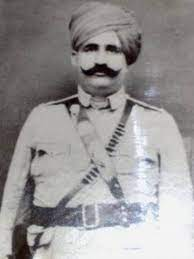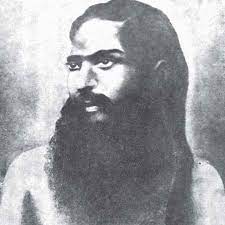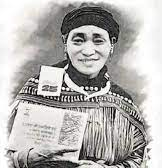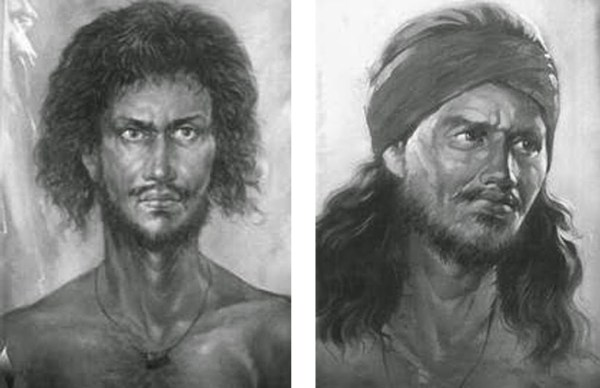Janjatiya Gaurav Divas | 17 Nov 2022
For Prelims: Janjatiya Gaurav Divas, Khasis, Bhils, Mizos, Sidhu and Kanhu Murmu,Birsa Munda, Shaheed Veer Narayan Singh
For Mains: Tribal Leaders and Freedom Movements
Why in News?
Recently, the President of India on the occasion of the Janjatiya Gaurav Divas (15th November 2022) paid tribute to the freedom fighter Bhagwan Birsa Munda on his birth anniversary.
Why do we Celebrate Janjatiya Gaurav Divas?
- The Janjatiya Gaurav Divas is celebrated every year to recognize the efforts of the tribals in the preservation of cultural heritage and promotion of Indian values of national pride, valour, and hospitality.
- Tribals held several tribal movements across different regions of India against the British colonial rule. These tribal communities include Tamars, Santhals, Khasis, Bhils, Mizos, and Kols to name a few.
Who were the Tribal Freedom Fighters?
- Birsa Munda:
- Birsa Munda born on 15th November 1875 was a member of the Munda Tribe of the Chhota Nagpur Plateau.
- He was an Indian freedom fighter, religious leader, and folk hero.
- He spearheaded an Indian tribal religious Millenarian movement during British rule in the late 19th century across the tribal belt of modern-day Jharkhand and Bihar.
- Birsa was a close observer of the Sardari Larai movement in the region in the 1880s, which sought to restore tribal rights through nonviolent means such as petitioning the British government. These demands, however, were ignored by the harsh colonial authority.
- The tribals were quickly demoted from landowners to labourers under the zamindari system, which resulted in Birsa taking up the cause of the Adivasis.
- Birsa Munda went on to form Birsait, a new religion.
- The religion preached the belief in a single God and urged people to return to their old religious convictions. People began to refer to him as a cost-effective religious healer, a miracle worker, and a preacher.
- People from Oraon and Munda became convinced Birsaites, and many began calling him 'Dharti Abba, meaning Father of the Earth.' He brought a fresh perspective to the religious realm.
- Birsa Munda led the rebellion that came to be known as Ulgulan (revolt) or the Munda rebellion against the British government-imposed feudal state system.
- He awakened the masses and sowed the seeds of revolt in them against the landlords as well as the Britishers.
- His struggle against the exploitation and discrimination against tribals led to the passing of the Chotanagpur Tenancy Act in 1908 which restricted the passing of land from the tribal people to non-tribals.
- Shaheed Veer Narayan Singh:
- He is considered the Pride of Sonakhan in Chhattisgarh, he looted trader’s grain stock and distributed them amongst the poor after the 1856 famine.
- The sacrifice of Veer Narayan Singh made him a tribal leader and he became the first martyr from Chhattisgarh in the independence struggle of 1857.
- Shri Alluri Seetha Ram Raju:
- He was born on 4th July, 1897 in a village called Mogallu near Bhimavaram in Andhra Pradesh.
- Alluri is best remembered for leading the Rampa Rebellion against the British in which he organised the tribal people of Visakhapatnam and East Godavari districts to revolt against the foreigners.
- He was inspired by the revolutionaries of Bengal to fight against the British government.
- Rani Gaidinliu:
- She was a Naga spiritual and political leader who led a revolt against British rule in India. At the age of 13, she joined the Heraka religious movement of her cousin Haipou Jadonang.
- For her, the Naga people’s journey to freedom was part of India’s wider movement for freedom. She also spread the message of Gandhi ji in Manipur region.
- Sidhu and Kanhu Murmu:
- On 30th June 1855, two years before the Great Revolt of 1857, two Santhal brothers Sidhu and Kanhu Murmu organised 10,000 Santhals and proclaimed a rebellion against the British.
- The tribals took an oath to drive away from the British from their homeland. The Murmu brothers’ sisters Phulo and Jhano also played an active part in the rebellion.
UPSC Civil Services Examination Previous Year Questions (PYQ)
Q. With reference to the history of India, “Ulgulan” or the Great Tumult is the description of which of the following events? (2020)
(a) The Revolt of 1857
(b) The Mappila Rebellion of 1921
(c) The Indigo Revolt of 1859-60
(d) Birsa Munda’s Revolt of 1899-1900
Ans: (d)





